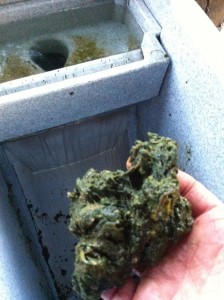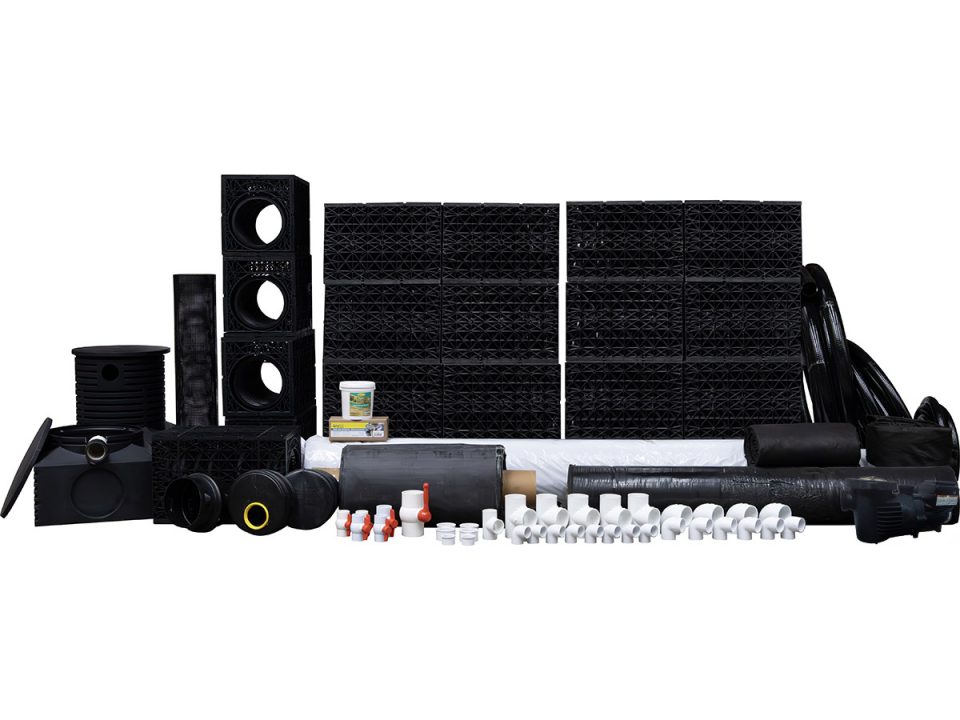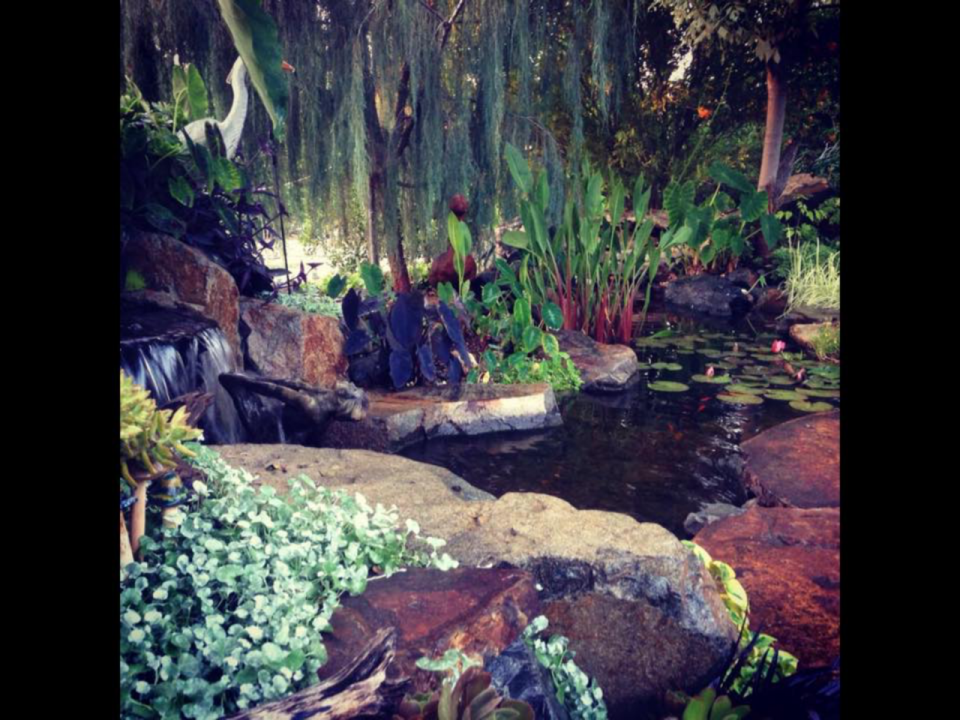The ONLY 3 Fundamentals All Koi Experts Can Agree On
3 Things the Heron Knows About Your Pond That YOU Don’t!!!
November 19, 2015NEW RARE KOI – SNOWFLAKE ASAGI
December 14, 2015
If you were getting ready to build a koi pond, and you wanted the opinion of the top 10 koi pond builders around the world, you would get 10, or possibly 11 different answers.
They have different ideas for filters, returns, where to UV or to not UV, pond skimmer selection, size, or depth!
You name it, every choice could be different for every builder.
We understand this can be confusing for someone just getting into the hobby, and amidst the debating and arguing, we would like to show you what all KOI EXPERTS actually do agree on; which quite frankly, is not much.
1. GET OUT THE WASTE

The first thing is to “REMOVE ALL ORGANIC WASTE FROM THE POND.”
By organics, I mean fish poop, excess fish food, leaves, pollen, dust, and anything else that is floating (or sinking) around in your pond.
Now, of course they may not agree on the BEST METHOD of removal, but they want that stuff out of the pond.
A few methods of removing the organics from the pond are skimmers, and bottom drains.
When debris hits the surface, good skimming will pull it out of the pond and into the skimmer 24/7.
If you have debris trying to settle on the pond’s floor, then a bottom drain can be installed, which will pull stuff out 24/7 also.
Another alternative if you don’t have a bottom drain, is to vacuum the pond on a weekly or biweekly basis.
2. SEPARATE SOLIDS
The next point the top koi experts in the world will all agree on is to “Separate solids before filtration.”
There are a few ways to do this too, so of course there is plenty of room for disagreement.
One spot to separate solids is between the pump and the bottom drain. There are a couple of ways to achieve this.
There are settlement tanks, a large chamber the water swirls around in before it is pulled through the pump that allows solids to “fall out” of suspension. Then you empty the sludgey muck out of the bottom of the tank on a routine basis.
Then there are sieves. A sieve has an area where the water slowly pours over a fine screen to catch the debris out of the water before it goes to the pump. The screen can then be cleaned to remove captured debris as needed.
Another place to separate solids is between the pump and the filter. A small unit relatively speaking called a “multi-cyclone” that swirls the water in a chamber so the solids can spin out of suspension. The unit can then be cleaned of the captured waste.

3. NITRIFY THE WATER
The last point all koi experts will agree on, although not how to do it, is “nitrifying” or filtering the water before it is sent back to the pond.
After the water is pulled from the pond, and goes through the pump, before it goes back in to the pond, it needs to be cleaned and purified for the fish.
There are many ways to do this including but not limited too, waterfall filters, pressurized filters, up flow filters, down flow filters, shower filters, and more. The list goes on and on.
WHAT’S NEXT?
Now that you understand the three fundamentals that all koi experts will agree on, you can evaluate your personal koi pond and/or you can decide on how you might want to accomplish each of these important steps on that new dedicated koi ponds you are planning to build!
Of course if you are looking to ask 10 experts for a design we would love to provide you with one of the 11….
Life is Short, Enjoy Koi!
Connect with The Pond Digger:
The Pond Digger on Facebook: www.facebook.com/theponddigger
The Pond Digger on Periscope: www.periscope.tv/theponddigger
The Pond Digger on Instagram: www.instagram.com/theponddigger
The Pond Digger on Pinterest: www.pinterest.com/theponddigger
The Pond Digger on Twitter: www.twitter.com/theponddigger
The Pond Digger on Youtube: www.youtube.com/theponddigger




